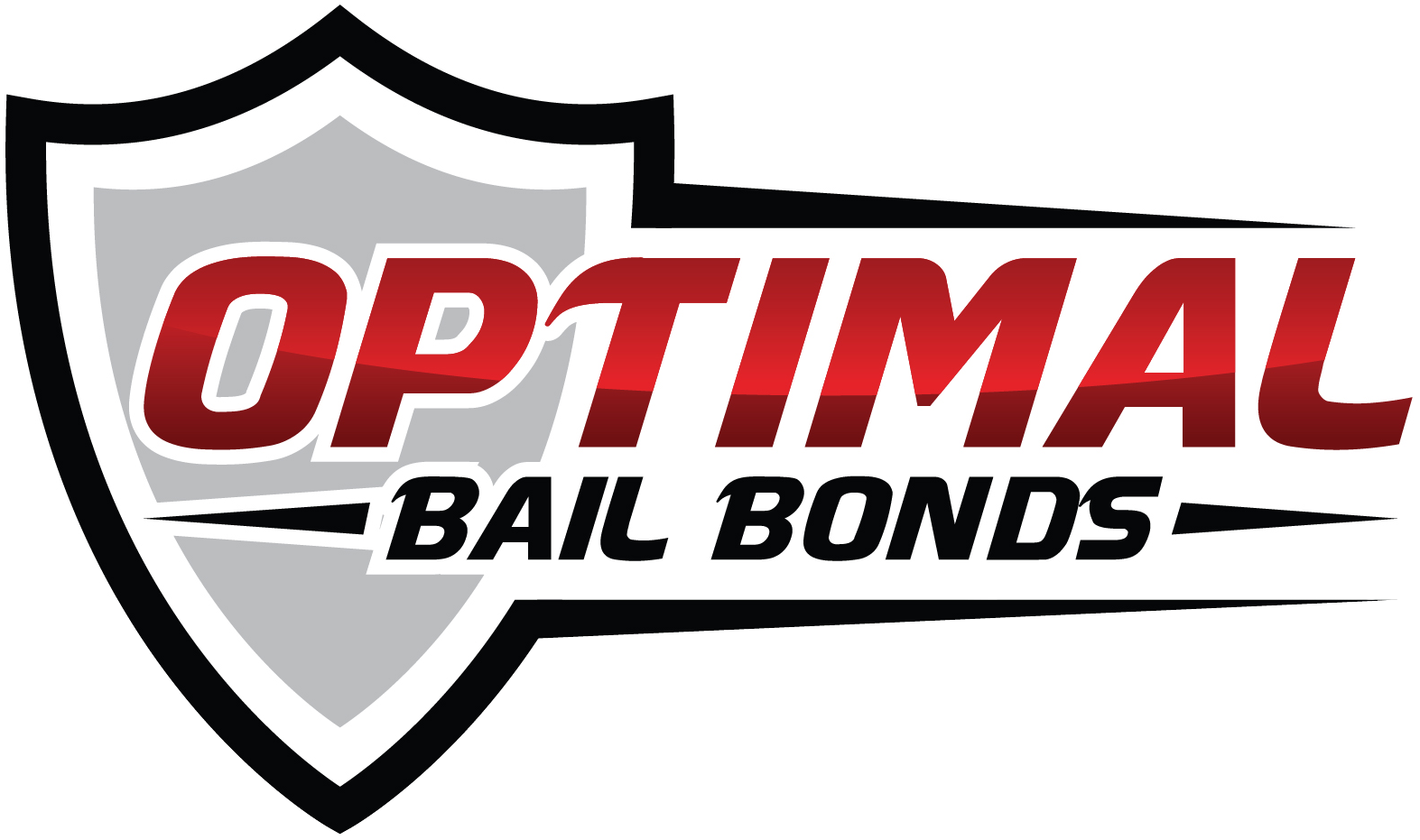Arrest and Release
How arrests occur, degrees of crimes, types of pre-trial release, approval and acceptance of bonds.
Ensuring Fairness and Safety: Understanding Bail and Pre-Trial Release Procedures in Florida
Navigating the complexities of the bail system and pre-trial release in Florida can be daunting. As a stakeholder in the judicial process, whether you are a defendant, a family member, or a legal professional, understanding these procedures is crucial to ensuring fairness and maintaining public safety. This guide provides a clear and concise overview of Florida's approach to pre-trial releases and bail, highlighting the system's balance between individual rights and community safety.
Key Components of Pre-Trial Release
Pre-trial release in Florida encompasses a variety of forms, tailored to meet the specific needs of the judicial system while respecting the rights of the accused:
- Personal Recognizance: Often granted to low-risk individuals, where the defendant is released based on a promise to appear in court.
- Unsecured Monetary Bond: Involves a bond amount set by the court, which is paid only if the defendant fails to appear.
- Restrictions: These may include limits on travel, associations, and residence, depending on the nature of the charges.
- Custodial Supervision: The defendant may be placed under the supervision of a person or organization committed to overseeing their compliance.
- Surety or Cash Bond: Requires posting a bond amount, determined by the court, which can be paid through cash or a bail agent.
- Conditional Release: Involves specific conditions such as returning to custody during specified hours to ensure the defendant appears in court.
Setting Bail Amounts
The process of setting bail is carefully designed to be fair yet effective. Bail amounts are set based on:
- The severity of the offense: More serious charges may warrant higher bail.
- The defendant’s financial circumstances: Bail should not be prohibitively high to ensure it is fair and just.
Procedures Following an Arrest
Understanding what happens after an arrest can help reduce uncertainty and stress:
- Immediate Pre-Trial Release: Some arrests may have preset conditions that allow for almost immediate release.
- First Appearance: Defendants are brought before a judge within 24 hours of arrest to be informed of their charges and bail conditions.
- Adjustments and Appeals: If bail is set high, defendants can request a rehearing, appeal the decision, or file a Writ of Habeas Corpus.
Approval and Acceptance of Bail
Once bail is set and posted, it must be formally approved by the appropriate authorities, ensuring compliance with legal standards. The system allows for flexibility, enabling the substitution of cash for surety and vice versa.
